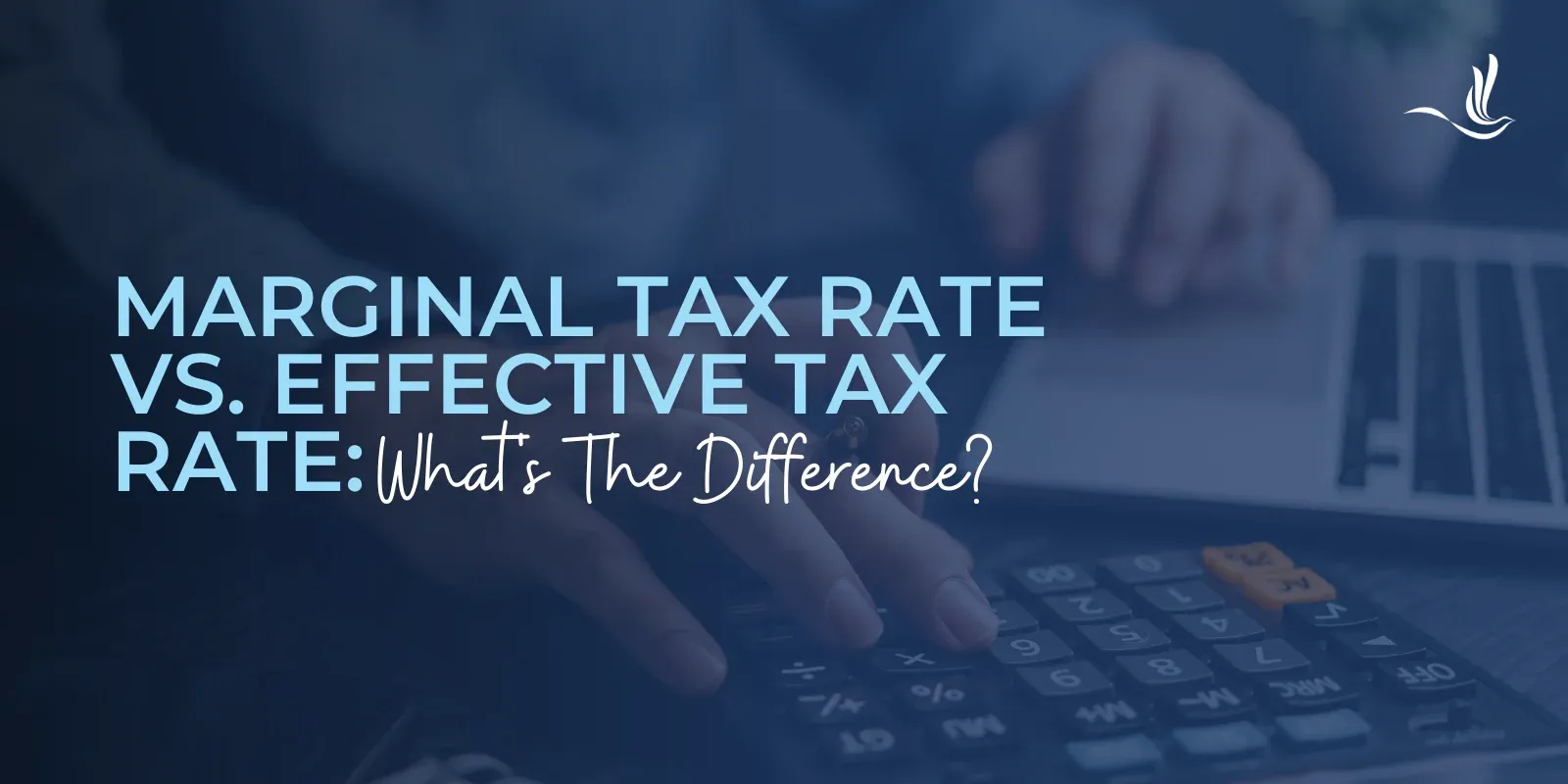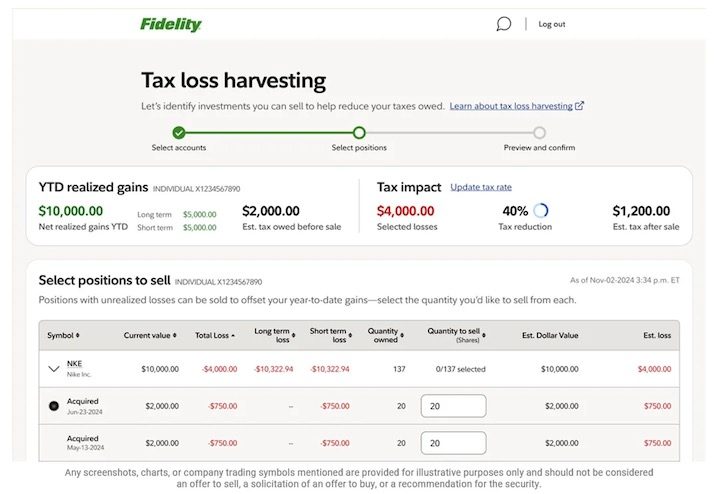In April 2022, the Biden administration announced sweeping, temporary changes to income-driven repayment (IDR) programs for federal student loan borrowers that will dramatically expand what can be counted towards a borrower’s loan forgiveness term.
The IDR changes, which the administration is calling an “IDR Adjustment,” follow a similar set of broad, temporary changes announced in October for the Public Service Loan Forgiveness (PSLF) program. Called the “Limited PSLF Waiver,” these changes also expand eligibility for the PSLF program, allowing more types of loans and repayment periods to count towards student loan forgiveness. The two programs are somewhat related, as the IDR fixes may also benefit borrowers on track for PSLF.
Taken together, the Education Department estimates that the reforms will allow tens of thousands of student loan borrowers to get near-immediate student loan forgiveness. Millions of additional borrowers will get pushed closer to the threshold for loan forgiveness, shaving off years of repayment in the process.
While the Education Department has published guidance for both the IDR Adjustment and the Limited PSLF Waiver, many questions have remained unanswered, as the administration has not addressed many nuanced situations and has provided somewhat ambiguous summaries of the new policies.
Earlier this month, however, the Department added to its existing guidance, which now sheds some more light on what may count towards student loan forgiveness under these new changes, and what may still be rejected.
Here’s the latest.
1. Summary of the changes to PSLF and IDR 2. Updated guidance for PSLF and IDR program changesSummary of the changes to PSLF and IDR
Under the Limited PSLF Waiver and IDR Adjustment, the Department of Education is temporarily waiving restrictive rules. For a limited time, the Department will be able to count the following towards a borrower’s PSLF and IDR loan forgiveness term, all of which would have been previously rejected:
- Payments made under any repayment plan, including Extended, Graduated, and Alternative repayment plans that are not based on a borrower’s income, even if those payments were not made in full or on time.
- Payments made on FFEL loans and federal Perkins loans, provided the borrower consolidates those loans into the federal Direct consolidation loan program.
- Payments made prior to loan consolidation.
- Certain periods of forbearance, including 12 or more prior months of consecutive forbearance, or 36 or more months of cumulative forbearance.
Shorter forbearance periods will be considered on a case-by-case basis, but the borrower would have to petition the Department of Education and demonstrate that they were improperly steered into forbearance by their loan servicer.
- Any prior months spent in deferment, except for in-school deferments, before 2013.
These periods can be counted towards a borrower’s 120 payments required to obtain loan forgiveness under PSLF, as well as the borrower’s 20 or 25-year repayment term under an IDR plan.
Borrowers with FFEL loans would need to consolidate through the federal Direct consolidation program in order to benefit from the changes.
Download the Best Student Loan CalculatorFor the Limited PSLF Waiver, borrowers who must consolidate should do so before October 31, 2022, according to the Department of Education. And for the IDR Adjustment, borrowers who need to consolidate should proceed before January 1, 2023.
Updated guidance for PSLF and IDR program changes
The Education Department’s initial guidance for both the Limited PSLF Waiver and the IDR Adjustment has been somewhat limited, leading to many questions about specific, nuanced situations. But this month, the Department has provided some updates.
Periods of default still do not count
Prior periods of default did not count towards PSLF or IDR loan forgiveness under the original program rules, and that remains unchanged under the new changes. According to the Department of Education, “Periods of default and in-school deferment, still do not qualify.”
Some deferment periods *after* 2013 may count, after all
The Department initially indicated that only deferments prior to 2013 (other than in-school deferments) could be counted towards loan forgiveness under the new changes.
But FSA officials have subsequently clarified, “We will include months in Economic Hardship Deferment on or after January 1, 2013.” In addition, the Department will count time spent in specific military-related deferments.
The covid forbearance counts towards loan forgiveness, but…
Many borrowers were already aware that the ongoing Covid forbearance made available under the CARES Act and subsequent extensions count towards loan forgiveness for both PSLF and IDR, in contrast to other forbearance periods.
However, the Department has also now clarified that the Covid forbearance will not count toward a borrower’s 12-month, 36-month or less- than- 12-month exceptions — meaning that for a borrower’s earlier, non-Covid-related forbearance periods to count under the recent changes, those periods must meet the new eligibility criteria without factoring in the Covid forbearance at all.
Grace periods do not count, unless they are “unreasonably long”
The Department has clarified that grace periods will not count towards loan forgiveness under the recent PSLF and IDR changes. “Grace periods are a borrower benefit that is not considered a deferment or a forbearance, so grace periods do not contribute to the deferment or forbearance exceptions,” says the Department.
“In some instances, prior servicers have reported grace periods that are unreasonably long. In these instances, [the Department] will treat any time in a grace period that is unreasonable as time in repayment.”
The Department does not indicate, however, the length of time that would classify a grace period as “unreasonable.” Typically, grace periods last for six months.
Bankruptcy forbearances do not count
Typically, when a borrower files for bankruptcy, their federal student loans would be placed in a forbearance status while the bankruptcy is pending. But the Department of Education has indicated that this type of forbearance would not count towards loan forgiveness. “Time spent in a bankruptcy status does not count as time in repayment nor does it count towards the various forbearance exceptions,” says the Department.
Get a Student Loan Plan Refinance student loans, get a bonus in 2022 1 Disclosures $1,050 BONUS1 For 100k+. $300 bonus for 50k to 99k.1 VISIT LAUREL ROAD Variable 1.89-6.20%1 Fixed 2.99-6.30%1 2 Disclosures $1,000 BONUS2 For 100k+. $300 bonus for 50k to 99k.2 VISIT SPLASH Variable 1.74-8.70%2 Fixed 1.99-8.63%2 3 Disclosures $1,000 BONUS3 For $100k or more. $200 for $50k to $99,9993 VISIT SOFI Variable 1.74-7.99%3 Fixed 3.49-7.99%3 4 Disclosures $1,000 BONUS4 For 100k or more. $200 for 50k to $99,9994 VISIT EARNEST Variable 1.74-7.99%4 Fixed 2.74-7.99%4 6 Disclosures $1,275 BONUS6 For 150k+. Tiered 300 to 575 bonus for 50k to 149k.6 VISIT ELFI Variable 1.86-6.01%6 Fixed 2.73-5.99%6 7 Disclosures $1,250 BONUS7 For $100k or more. $100 to $350 for $5k to $99,9997 VISIT LENDKEY Variable 1.90-5.25%7 Fixed 2.49-7.75%7 8 Disclosures $1,250 BONUS8 $350 for 50k to 100k8 VISIT CREDIBLE Variable 1.83-8.02%8 Fixed 2.15-8.73%8 Not sure what to do with your student loans?Take our 11 question quiz to get a personalized recommendation of whether you should pursue PSLF, IDR forgiveness, or refinancing (including the one lender we think could give you the best rate).
Take Our QuizOriginal Article






